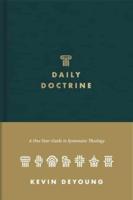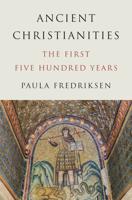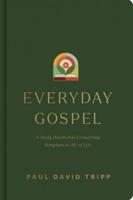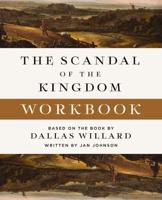Publisher's Synopsis
Founded in 1419, Sera Monastery was one of the three densas, the great seats of learning of the Geluk school of Tibetan Buddhism. With over 9,000 monks in residence in 1959, it was the second largest monastery in the world. Throughout its history, Sera produced some of Tibet's most important saints, scholars, and political leaders, including several regent lamas who ruled during the childhoods of the Dalai Lamas. Sera Monastery begins with the history of monasticism from the time of the Buddha through its early development in Tibet and tells the 600-year story of Sera Monastery from its founding to the present. The book recounts how the monastery grew and evolved during the centuries, how it has fared under Chinese rule, and how it was transplanted in the Tibetan refugee camps of South India. Readers will be introduced to some of Sera's most important lamas and hermits, as well as its curriculum, yearly calendar, and the daily life of scholar monks; they will also learn about the role Sera monks played in the political history of Tibet. The authors-former Sera monks-lived at Sera in the 1980s, and their firsthand knowledge of the monastery, its traditions, and Tibetan monastic life is evident in every page. Scrupulously researched over decades, the volume contains important new translations of Indic and Tibetan documents as well as dozens of images. Sera is the most detailed history of a Tibetan monastery ever written in a Western language, and the only book-length study of one of the great monastic universities of Tibet.










